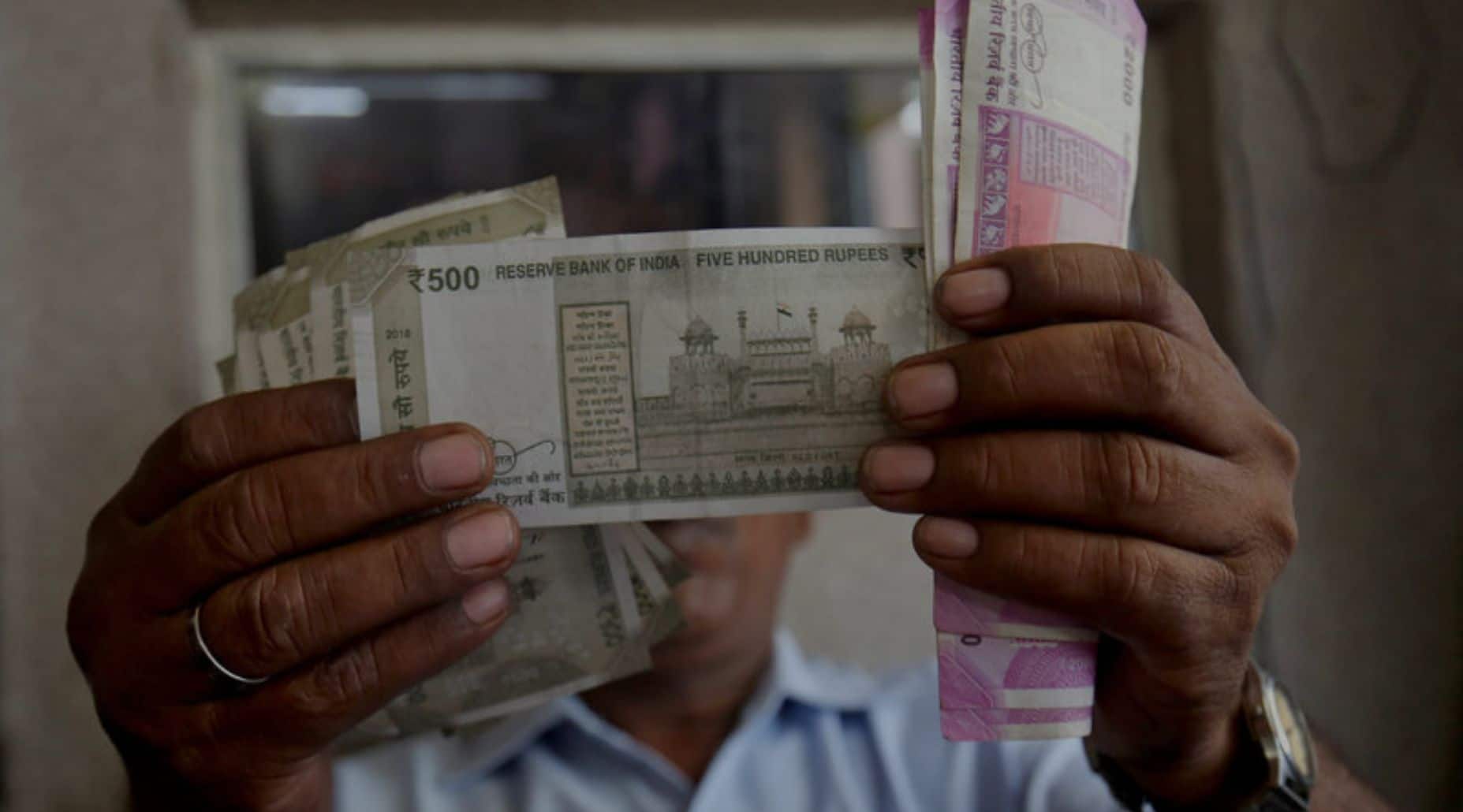Tue, Aug 5
3 min
Indian Rupee Hits Record Low Amid Trump’s Tariff Threat

Summary
The Indian rupee hit a record low of 88.10 against the U.S. dollar after Donald Trump threatened higher tariffs on India over its continued purchase of Russian oil. The threat, which follows a 25% tariff already imposed, added pressure ahead of a key Reserve Bank of India meeting, where further rate cuts are expected. The rupee’s sharp decline contrasts with mostly stable performance among other Asian currencies, as the dollar found support amid growing expectations of a U.S. rate cut in September.
More Articles:

Analyzing the Financial Implications of the State of Climate Action Report

Analyzing the Impact of EFCC's N100 Billion Investment in Nigeria's Student Loan and Credit Schemes

Strategic Expansion: IHCL's $1.76 Million Investment in OIHK

Krafton's $69.7 Million AI Investment: A Strategic Shift Towards Automation and Innovation
The Indian rupee sank to a record low on Tuesday after former U.S. President Donald Trump escalated his trade threats against India, citing its continued purchase of Russian oil. The USD/INR pair surged to an all-time high of 88.10 before settling slightly below that level, reflecting mounting pressure on India's currency and trade outlook.
Trump’s Tariffs Rattle Emerging Markets
In a speech on Monday, Trump repeated his intention to “substantially raise” tariffs on Indian exports, following last week’s imposition of a 25% reciprocal tariff. The rhetoric has heightened fears of a renewed U.S.-India trade rift, particularly as Trump warned of potential 100% tariffs on countries buying Russian oil — singling out India and China.
Despite international pressure, India has maintained its energy ties with Russia, citing affordability and long-standing relations. Reuters reports suggest that New Delhi has no plans to scale back its Russian oil imports, further straining U.S. relations.
RBI Meeting in Focus
The timing of these threats is particularly sensitive as the Reserve Bank of India (RBI) convenes this week. Markets expect another rate cut from the central bank in response to growing economic headwinds and a need to bolster domestic liquidity. The RBI has already trimmed rates by 100 basis points this year, and further easing could place additional downward pressure on the rupee.
A weaker rupee could drive up import costs, fueling inflation and affecting India’s fiscal balance. It also complicates the RBI’s task of maintaining currency stability while supporting growth.
Broader Asia FX Muted, Dollar Finds Support
While the rupee saw the steepest drop, other Asian currencies traded within tight ranges. The dollar steadied following its recent losses, buoyed by expectations that the Federal Reserve might cut interest rates in September. Markets are currently pricing in a 91% chance of a Fed rate cut, according to CME FedWatch.
Currencies like the Japanese yen, Chinese yuan, and Korean won were largely stable, with slight movements in response to mixed economic data. However, the uncertainty around U.S. trade policy and interest rates continues to cast a shadow over emerging market currencies.
Want to Learn More About Currency Markets?
Explore our Beginner’s Guide to Forex Trading to understand how global events, central bank decisions, and geopolitical risks like these impact the FX market and how you can trade smarter with SGFX

More Articles:

Analyzing the Financial Implications of the State of Climate Action Report

Analyzing the Impact of EFCC's N100 Billion Investment in Nigeria's Student Loan and Credit Schemes

Strategic Expansion: IHCL's $1.76 Million Investment in OIHK

Krafton's $69.7 Million AI Investment: A Strategic Shift Towards Automation and Innovation
Stay Ahead of the Market
Subscribe for the Latest Trading News
Get expert insights, market news, and updates straight to your inbox.
